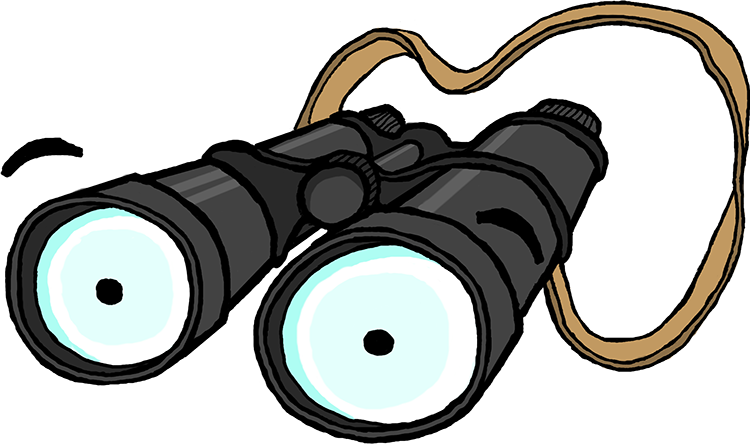Commonwealth War Graves Commission
The Commonwealth War Graves Commission (CWGC) owes its existence to the vision and determination of one man – Sir Fabian Ware. At 45 Ware was too old to fight but he became commander of a mobile unit of the British Red Cross. He noted there was no organisation in place to record the final resting place of casualties and became concerned that graves would be lost forever, so his unit took it upon themselves to register and care for all the graves they could find. By 1915, their work was given official recognition by the War Office and incorporated into the British Army as the Graves Registration Commission.
On 21 May 1917 his diligence was recognised when the Imperial (now Commonwealth) War Graves Commission was established by Royal Charter with Ware as its Vice-Chairman.
After the war, Fabian Ware explained his motivation saying, ‘common remembrance of the dead [of the Great War] is the one thing, sometimes the only thing that never fails to bring our people together.’
The Commission Today
The CWGC cares for war memorials to remember 1.7 million people who died in the two world wars.
CWGC cemeteries, burial plots and memorials are a lasting tribute to those who died and can be found at almost 23,000 locations in 153 different countries around the world.
The cost of the work is shared by the member governments – Australia, Canada, India, New Zealand, South Africa and the United Kingdom – in proportions based on the number of their graves.
Equality Of Commemoration
The Commission honours all casualties equally, without distinction on account of rank, race or creed. Individual graves are marked by headstones, which are all identical except for their inscriptions: the national emblem or regimental badge, rank, name, unit, date of death and age of each casualty is inscribed above an appropriate religious symbol and a more personal dedication chosen by relatives.
Commandant Katherine Harley
Commandant Katherine Mary Harley led a group of nurses of the Scottish Women’s Hospital serving with the Serbian Army. Her brother was Field Marshall Sir John French, Chief in Command of the BEF in France and Flanders in 1914-1915. Mrs Harley was killed in the bombing in Serbia. She was typical of the many women who served with the nursing and similar forces of the Commonwealth forces and whose graves lie wherever those forces served, She is buried din CWGC’s Salonika (Lembet Road) Military Cemetery in Thessaloniki. Her grave bears a private memorial erected in 1917 by the Serbian Army and inscribed in two languages:
THE GENEROUS ENGLISH LADY AND GREAT BENEFACTRESS OF THE SERBIAN PEOPLE, MADAME HARLEY, A GREAT LADY. ON YOUR TOMB INSTEAD OF FLOWERS THE GRATITUDE OF THE SERBS SHALL BLOSSOM THERE FOR YOUR WONDERFUL ACTS. YOUR NAME SHALL BE KNOWN FROM GENERATION TO GENERATION.
In the UK
As part of their efforts the CWGC maintains a database of all the Commonwealth forces who lost their lives during the two wars. The entire database is available at www.cwgc.org, and can be easily searched, allowing you to locate any of your ancestors who may have died in the conflicts.
There are more than 300,000 Commonwealth war dead commemorated in the United Kingdom – in almost 13,000 locations. This is the highest total of world war commemorations in any country, other than France.
Most people whose graves are in the UK died in military hospitals from wounds. Others may have died in training accidents or air raids, and some were killed in action in the air or at sea in coastal waters, where their bodies washed ashore. For most, the UK was their home.
Some of the graves are concentrated in large war ceremonies, but most are in cemeteries containing 10 or fewer war graves. Sometimes the war graves are grouped together, but often they are scattered throughout the cemetery. This is because wartime service burials were not strongly regulated for those who died in their own country, so many were laid to rest in locations chosen by their families, instead of in war cemeteries.
Taking part
For support with organising a school visit to your local CWGC site, email community@cwgc.org
You can search for war casualties by name, location, regiment with the CWGC database online. www.cwgc.org and research your local war graves before visiting them.
DID YOU KNOW...?
In the CWGC there are thousands of people who do important work to keep graves looking as they should. From Gardeners, to Stone Repair Technicians, and Regional Officers, many people play their part in making sure the graves are maintained properly.
Finding a local casualty from WWI
When the First World War came to an end in November 1918 war graves were scattered throughout all of the regions where fighting had occurred. The locations and sites of many graves were no longer known, and individuals still lay, unburied, in areas where fighting had been fiercest.
Where burials had occurred in established burial grounds, with clearly marked graves, the graves were simply recorded and registered. In most other cases, the bodies had to be exhumed and reburied. During this process, CWGC attempted to identify the person. Old battlefields were searched for casualties, and small cemeteries were concentrated into larger ones. Names of the missing were collected from military authorities, and engraved onto memorials.
The CWGC began to collect a huge amount of information about all the individuals who had died. All of these documents were created in the pre-computer age, and the grave registration and concentration records were usually typed up from hand-written reports produced in the field, in all types of weather and conditions.
The database is very easy to use and understand – it is available online, and you can use it to find the records of anyone commemorated by a CWGC grave or memorial. You can search for a surname, and records from all Commonwealth nations are accessible.




